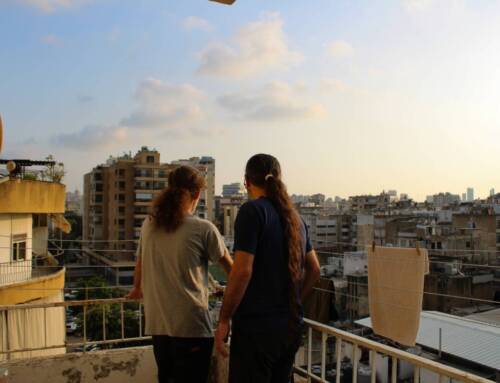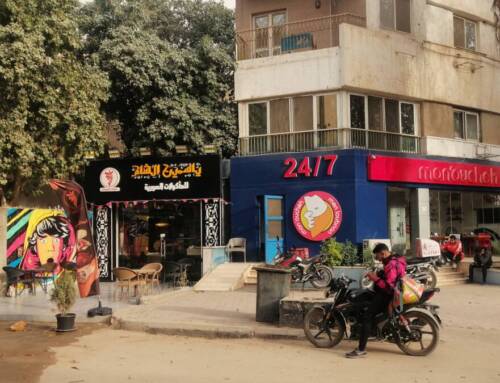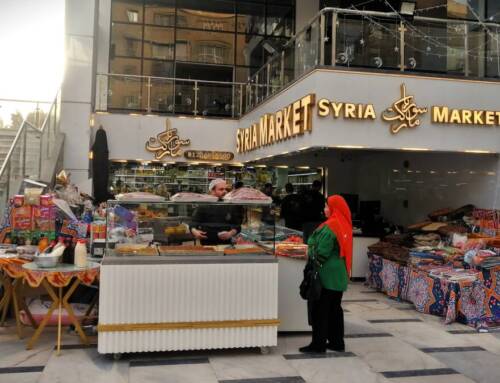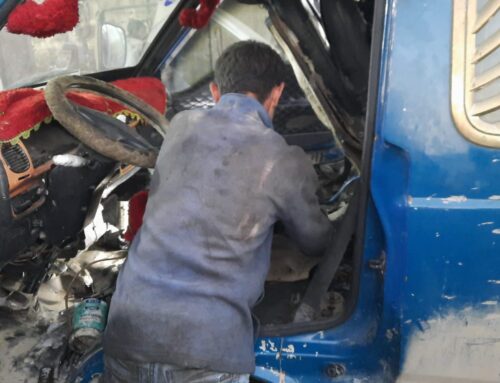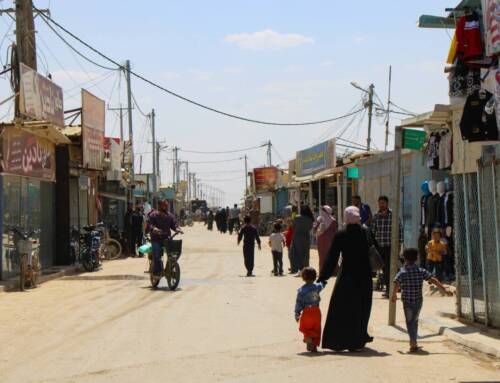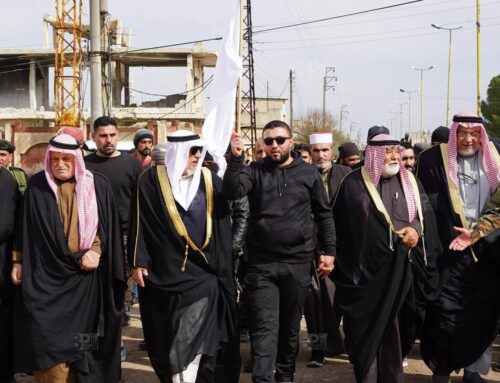Syria opposition claims hundreds dead in ‘gas’ attack
August 22, 2013 Abdulrahman al-Masri and Louise Osborne, Special […]
22 August 2013
August 22, 2013
Abdulrahman al-Masri and Louise Osborne, Special for USA TODAY
The original story published in USA Today is here.
AMMAN: Government forces loyal to President Bashar Assad have carried out a “poisonous gas” attack near the capital Damascus that has left hundreds dead, Syrian opposition groups claimed Wednesday.
Anti-government activists are saying that regime forces fired “rockets with poisonous gas heads” in the attack. The number of reported deaths has ranged from 100 to close to 800. The claims and reports could not be independently confirmed.
The Syrian government denied the claims of a chemical weapons attack Wednesday.
“All what has been said is ridiculous and naive, unscientific, illogical and subjective,” said Information Minister Omran al-Zoubi, speaking to Syrian state television.
The United Nations Security Council issued a statement Wednesday evening agreeing on the need for ‘clarity’ on the alleged gas attack; but the statement failed to call for a U.N. probe Reuters reported.
White House spokesman Josh Earnest said the United States does not have independent verification of the alleged attack, but called on Assad to provide access to United Nations inspectors to the area of the suspected incident.
France and Britain called for an immediately investigation by U.N. chemical weapons inspectors who are already inside Syria this week to examine similar claims from both sides in the bloody and protracted civil war.
Unrest in Syria began in March 2011 and later exploded into a civil war. More than 100,000 people have been killed in the conflict.
MORE: Attack prompts calls for U.S. action
The Syrian government has long denied claims by the opposition on chemical weapons use, saying rebels fighting to overthrow Assad’s government have used such weapons.
The attack appears to be an initial strike in preparation for a large ground assault by the regime, said Dan Layman, a spokesman for the Syrian Support Group, which supports the Free Syrian Army in Washington.
“Several sources have reported that dozens of tanks and armored vehicles are accompanying thousands of Syrian army soldiers encircling East Ghouta, as MiGs complete bombing runs over the area,” Layman said in a statement.
Tony Badran, a Middle East analyst at the Foundation for the Defense of Democracies, said the area is one the regime has not been able to capture despite multiple attempts.
Apart from allowing rebel forces to launch attacks on the capital, some of the towns attacked Wednesday overlook the highway from Damascus to Homs, which the regime seeks to secure, Badran said.
“If you’re going to consolidate the capital you have to clear these areas out,” he said. “These areas have a potential of disrupting communications lines the regime is trying to secure to link areas it wants to retain.”
Wednesday’s claims, if confirmed, would be the most serious since the March 19 incident in Khan al-Assal when at least 30 people were killed. Assad’s regime and the rebels have blamed each other for that attack.
Videos and images that appeared to show victims with symptoms consistent with a chemical attack surfaced online Wednesday, although their veracity could not be immediately confirmed.
In disturbing images of the latest purported attacks taken from hundreds of such videos, children lie shivering on beds in makeshift hospitals, dazed and pale, the pupils of their eyes look like pinpricks as they stare widely ahead.
In another shot, a boy stands screaming, a tissue held to his mouth while people run in all directions around him and a man lies on the floor being frantically splashed with water.
“We helped as many people as possible with oxygen and medical equipment but most of the team inhaled gas while helping the injured,” said Mohammad Salah al-Dein, 26, who was recruited to help the wounded in Zamalka on Wednesday morning.
“After minutes, the symptoms started showing on everyone including the paramedics …blurry vision, weakness and some people couldn’t see at all,” he said by telephone from Zamalka. “But after we woke up we went to the civilians houses and (moved) entire families that were dead.”
The Britain-based Syrian Observatory for Human Rights said the shelling was intense and hit the eastern suburbs of Zamalka, Arbeen and Ein Tarma. Rami Abdul-Rahman from the SOHR says he has documented at least 100 deaths from Wednesday’s attack. He says it’s not clear whether the victims died from shelling or toxic gas attacks.
The Local Coordination Committees said hundreds of people, perhaps as many as 775, were killed or injured in the shelling. Such different figures are common in the immediate aftermath of attacks in Syria.
This citizen journalism image provided by the Local Committee of Arbeen, which has been authenticated by the AP based on its contents and other AP reporting, shows Syrian citizens mourning over dead bodies after an alleged poisonous gas attack fired by regime forces, according to activists in Damascus, Syria, on Aug. 21. (Photo: Local Committee of Arbeen.)
France’s president demanded the United Nations be granted access to the site of the alleged attack, while Britain’s foreign secretary William Hague said if the claims are verified it would mark “a shocking escalation of the use of chemical weapons in Syria.”
That request for access by the U.N. team would seem to fulfill the U.N. requirement that a member state make a formal request before such action can occur. Syria would also need to agree to the request. It was not immediately clear whether that would happen.
Syria’s ambassador to Russia dismissed the allegations, Russia’s Interfax news agency reported.
Contributing: Aamer Madhani in Washington; Kim Hjelmgaard in London; Oren Dorell in McLean, Va., and the Associated Press



